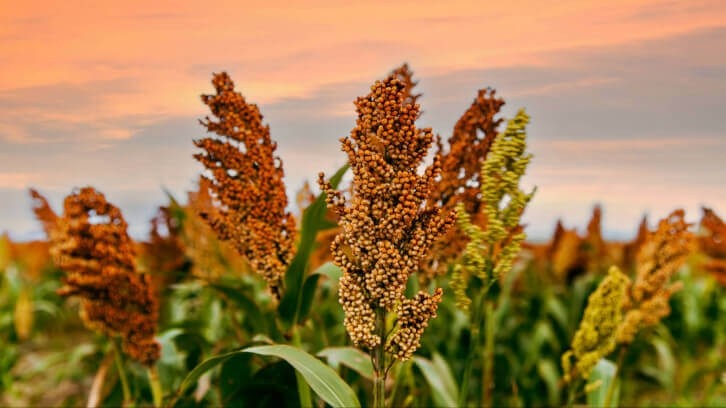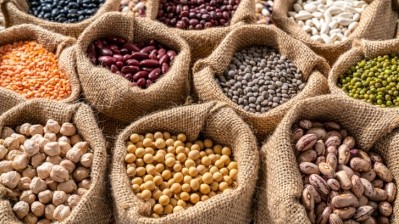Sorghum’s inclusion in WIC program reflects ‘changing cultural makeup’ in U.S.

Considered a lesser-known grain, sorghum’s inclusion “highlights its recognition on a federal level for the essential vitamins and minerals it provides to our most vulnerable populations during critical periods of growth and development,” Dabruzzi explained.
Sorghum’s pervasive use across Native American, African and Asian cuisines underscores the growing diversity of the American population.
Data from the Brookings Institution, a non-profit specializing in non-partisan economic research, show that racial and ethnic groups are responsible for generating overall growth in the U.S. This highlights the importance of expanding diverse food options to ensure food access and security for all Americans.
Between 2010 and 2019, the U.S. population grew 6.3%, with Latino or Hispanic, Asian American and Black populations increasing by 20%, 29% and 8.5%, respectively. While Native Americans represent a smaller portion of the U.S. population, growth rates also increased by 7.6%.
“The inclusion of a variety of whole grains in the national WIC food package would reflect the changing cultural makeup and palates of Americans. Sorghum is a nutrient-rich staple in Native American, African and Asian cuisines … [it] could be a suitable addition to a food package inclusive of multiple eating patterns,” Dabruzzi emphasized.
Sorghum offers a plant-based source of essential vitamins and minerals for pregnant mothers and infants
As an affordable and versatile source of iron, magnesium and B6, sorghum serves as a plant-based vitamin and mineral source, in addition to being a gluten-free, fiber and antioxidant source, Debruzzi said.
Sorghum consumption can be a valuable tool in addressing iron deficiency, a concern for over half of pregnant women and nearly one in ten children younger than five years in the U.S. Debruzzi further emphasized that sorghum is a good source of magnesium and B6, which are crucial for brain and nervous system development in infants.
Additionally, sorghum’s inclusion has potential to provide nutrition for 10.5% of food insecure households, “many of which rely on shelf-stable sources of nutrition,” Dabruzzi said. According to data from Whole Grains Council, raw sorghum can be stored for four months in the pantry and up to eight months in the freezer.
In addition to sorghum, a wider range of packaged foods, including canned fish, canned beans and some plant-based dairy could qualify for reimbursement under the WIC program, expanding nutrition security and access for maternal and child health.
Increasing sorghum awareness and education to a wide audience
Sorghum Checkoff’s goal is to provide CPGs, foodservice, policymakers and consumers, among others, with nutritional education and awareness around the whole grain.
Last year, the organization submitted formal comments to the Food and Nutrition Service’s food package revisions. The announcement last month, “reflects a culmination of efforts to promote sorghum as a versatile and nutrient-rich grain suitable for inclusion in public nutrition programs,” according to a statement from Sorghum Checkoff.
In a win for school nutrition, sorghum was successfully added to the USDA Food Buying Guide for Child Nutrition Programs in 2022, making it available for over 28 million children's school breakfast and lunch programs across the U.S, Debruzzi said.
















